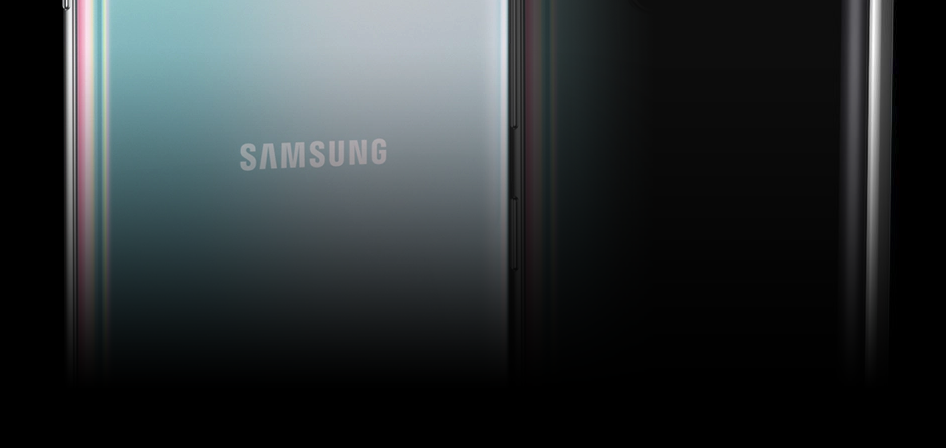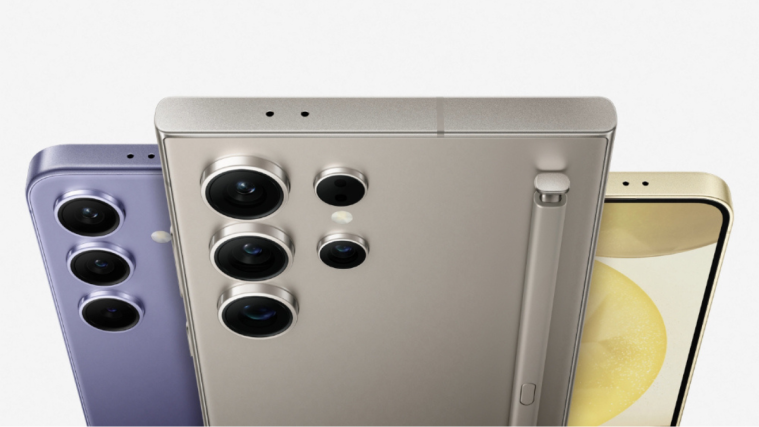Samsung’s Galaxy S10 and S10 Plus do come with brand new ultra-sonic in-display fingerprint scanners which make them the first devices to use this new tech.
Samsung has done away with other biometric authentication methods such as the Iris scanner which wasn’t the best method to unlock your device in any case.
Several people have been quite lucky enough to get an early hold of the Galaxy S10 devices and have already formed their opinions of the Galaxy S10’s ultra-sonic in-display fingerprint scanner.
Before we dive into the problems with the fingerprint sensor, let’s first take a look at the other in-display fingerprint sensor type and how it compares to the one on the Galaxy S10.
Optical Sensor vs Ultra-sonic Sensor
All devices which had an in-display fingerprint sensor before the Galaxy S10 came with an optical sensor which basically means a 2D camera under the display that takes a 2D photo of the finger for authentication.
This is why optical in-display scanners are considered rather insecure and can be fooled fairly easily. Currently, devices such as the OnePlus 6T, Huawei Mate 20 Pro, Vivo Next, and a few others use optical in-display fingerprint scanners.
The ultra-sonic fingerprint scanner on the Galaxy S10 works in a completely separate way from the optical scanners. The ultra-sonic sensor shoots out high-frequency waves and registers the time taken for each wave to bounce back which creates a 3D scan of your fingerprint.
All this is processed within a second which just goes to show why it took so long to bring the ultra-sonic fingerprint sensors to the market.
Nonetheless, this means that the Galaxy S10’s fingerprint scanner is way more secure than the optical scanners found on most other devices with an in-display fingerprint scanner.
Problems with the Galaxy S10 fingerprint scanner

This ultra-sonic fingerprint sensor on the Galaxy S10 devices is new tech. it would be cruel to say that S10’s fingerprint sensor is in its infant stages but it’s certainly yet to go through the production cycles that our traditional fingerprint sensor went through to become our favorite tools of unlocking the device.
If we look back a few years ago, capacitive fingerprint sensors were fairly slow and often only worked after multiple tries on some phones, mainly budget ones.
We’ve come a long way since then and capacitive fingerprint sensors now work extremely quick and are way more accurate than before. So much that even if you slip a registered over it, it will unlock the device right away — no wonder then that OEMs began claiming faster 0.03 second unlock on their fingerprint sensors.
Since the ultra-sonic fingerprint scanner on the S10 is first-gen, going into using the ultra-sonic fingerprint scanner and expecting it to be flawless is simply expecting too much, even if its’ from Samsung. After all, we have had our great deal of troubles from the similar tech (optical FS) in Huawei Mate 20 Pro and OnePlus 6T.
Several users who’ve managed to get a hold of the S10 are reporting that the ultra-sonic fingerprint sensor is a tad slow and often only unlocks the device after multiple tries.
How to fix the fingerprint scanner not working on the S10
Unfortunately, there are no magical ways to make the ultra-sonic fingerprint scanner work faster on the Galaxy S10; however, there’s always a possibility that Samsung can roll out an update which could speed up the fingerprint unlock process.
Samsung did speed up the Iris unlocking feature on the Galaxy S9 and the S8 devices as well as the Note 8 and Note 9 after the One UI update which is why we still have hopes that a future update might help make the ultra-sonic fingerprint scanner work a tad faster and become more accurate.
As of now, ultra-sonic fingerprint sensors or even optical fingerprint sensors are not at par with capacitive fingerprint sensors since they are in the first-release stage of their evolution cycle, whereas our favorite mode of unlocking, the capacitive fingerprint sensor, has reached a very advanced stage in last 3-4 years.
Do not use tempered glass on Galaxy S10!
Early feedback shows that tempered glass screen protector doesn’t work well with the Galaxy S10.
So, if you have installed a tempered glass screen protector on your Galaxy S10, then chances are that’s it is the sole reason why you are facing issues with Galaxy S10 fingerprint sensor.
So, we would recommend you to remove the tempered glass right away.
Well, unless it is a certified one.
Currently, Samsung recommends using tempered glass screen protectors from Whitestone for the Galaxy S10 devices since they have customized their product to work well with the Galaxy S10 and its new tech.
How about a regular screen protector?
Well, we haven’t seen any reports of the issue with the regular screen protectors on the Galaxy S10 yet. It feels safe to say that you can buy one off the market and slap it on your S10.
But we think that in next few weeks or so, even better choices of the Galaxy S10 screen protectors would become available. Ones that are highly optimized for the Galaxy S10’s ultra-sonic fingerprint sensor.
Related:
- Galaxy S10 deals and offers available right now
- What’s the price of Galaxy S10 | Galaxy S10e | Galaxy S10 Plus
- All you need to know: Galaxy S10 | Galaxy S10e | Galaxy S10 Plus
- Here are the best cases for Galaxy S10 | Galaxy S10e | Galaxy S10 Plus








What a completely useless article that provides no answers or substance to fixing fingerprint reader issue. I suppose you probably got paid for all the Ads on your webpage. Shocking
I had luck by removing the default screen protector film deleting all my finger prints and going through the biometrics process again and registering my finger prints . After I did that it worked 90% of the time compared to 10% of the time with the screen protector on it.
I bought tempered glass that used uv light to make it stick on screen. Then, after 2 or 3 hours that when want to log in fingerprint its said “cover the entire fingerprint sensor” i thinks s10 is sensitive for putting tempered glass on screen. Its better a silicone or screen protector. Hm
The Galaxy S10 does NOT use the screen, to read the fingerprint. This article makes no sense.
Uh, the sensor is not on the screen. It is on the on Off button.